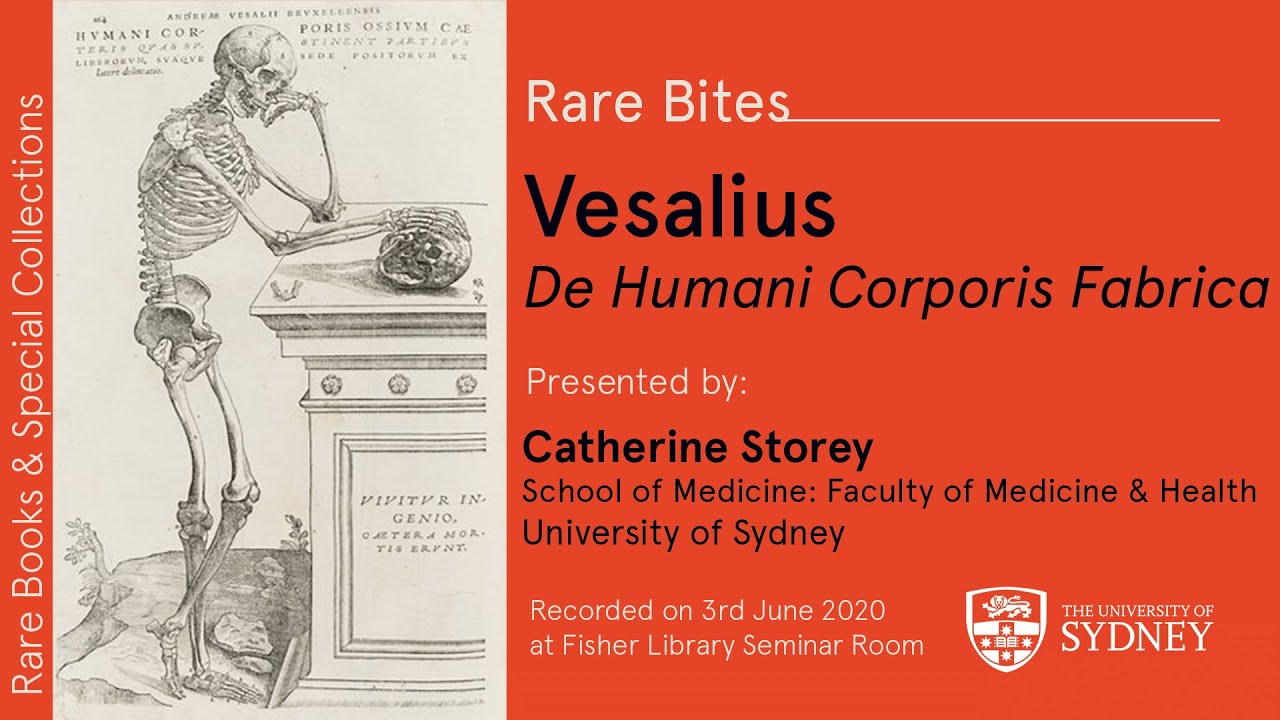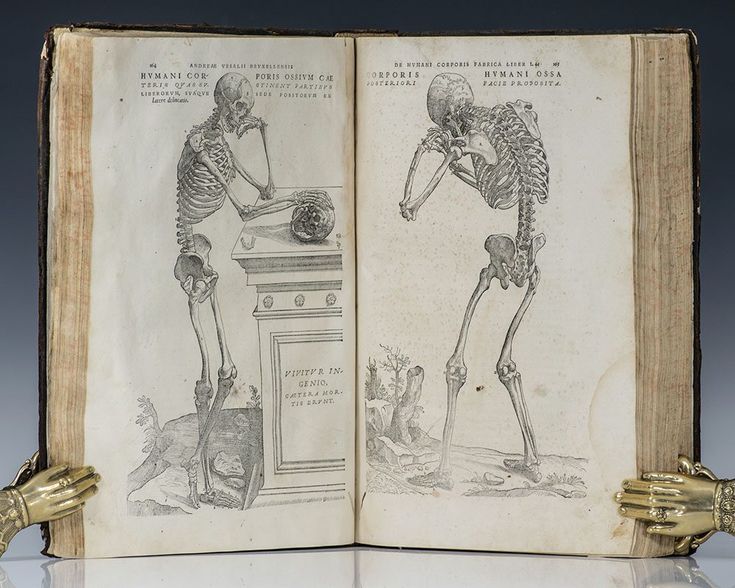We are diving into the world of anatomy and exploring a groundbreaking book. It revolutionized our understanding of the human body. Let's explore De Humani Corporis Fabrica by Andreas Vesalius.
Who Was Vesalius?
Andreas Vesalius, born in 1514, was a physician. He lived during the Renaissance, a time of great artistic and intellectual flourishing. This period saw a renewed interest in classical learning and scientific inquiry.
Think of it like this: Before the Renaissance, people largely accepted what they were told, especially by established authorities. During the Renaissance, people started questioning things. They wanted to see things for themselves and understand the world through observation and experimentation. Vesalius embodied this spirit.
He challenged existing anatomical knowledge, which was primarily based on the writings of Galen. Galen was a Greek physician who lived in the 2nd century AD. While Galen's work was influential for centuries, his knowledge of human anatomy was limited.
What is De Humani Corporis Fabrica?
De Humani Corporis Fabrica, which translates to "On the Fabric of the Human Body," is a detailed anatomical textbook. It was published in 1543. It contains precise illustrations and accurate descriptions of the human body. Imagine it as a highly detailed user manual for the human body. This manual was unlike anything seen before.
The book meticulously describes the different organ systems, like the skeletal system, muscular system, and nervous system. Vesalius carefully dissected human cadavers to create these detailed descriptions. Cadavers are deceased human bodies used for anatomical study. Consider them the source material for this amazing textbook.
Prior to Fabrica, anatomical understanding relied heavily on animal dissections. Galen, for instance, often dissected animals, like apes, and extrapolated that information to humans. However, animal anatomy is not exactly the same as human anatomy! This led to inaccuracies.
Why Was Fabrica Revolutionary?
Fabrica challenged the established authority of Galen. Vesalius corrected many of Galen's errors. This was a bold move because Galen's teachings were considered almost dogma at the time.
Think of it like a student pointing out a mistake made by a very famous and respected professor. It took courage and strong evidence to do so. Vesalius provided that evidence through his careful dissections and detailed illustrations. This also shows the significance of challenging old ideas and constantly exploring new ones.
The illustrations in Fabrica were groundbreaking. They were not just simple drawings; they were detailed, artistic depictions of the human body. The illustrations are incredibly accurate. They are often attributed to the workshop of Titian, a famous Renaissance artist. These images helped students and physicians visualize the human body in a way that was never before possible.
One of the most significant contributions of Fabrica was its emphasis on direct observation. Vesalius believed that anatomical knowledge should be based on dissecting human bodies, rather than relying solely on the writings of ancient authorities. This emphasis on empirical evidence was a cornerstone of the scientific revolution.
Examples of Vesalius' Corrections
Let's look at some specific examples of how Vesalius corrected Galen's errors. Galen believed that the human mandible (lower jaw) was made of two separate bones. Vesalius demonstrated that it is actually one single bone. This was a minor detail, but it highlights Vesalius' commitment to accuracy.
Galen also believed that blood passed through the interventricular septum of the heart. The interventricular septum is the wall that separates the two ventricles of the heart. Vesalius showed that there were no visible pores in the septum. He questioned how blood could pass through it. This laid the groundwork for future discoveries about blood circulation.
Another important correction was related to the liver. Galen described the liver as having five lobes. Vesalius correctly showed that the human liver typically has two main lobes. These might seem like small corrections, but they demonstrated the power of direct observation and accurate anatomical description.
The Impact of Fabrica
De Humani Corporis Fabrica had a profound impact on the study of anatomy and medicine. It became the standard textbook for anatomy for many years. Vesalius' work helped to establish anatomy as a distinct discipline. It also helped to promote the use of dissection as a tool for anatomical study.
The book inspired future generations of anatomists and physicians to question existing knowledge. They were encouraged to conduct their own investigations. It helped to advance medical knowledge. It led to better treatments for diseases and injuries.
The influence of Fabrica extends beyond the field of medicine. The book is considered a masterpiece of scientific illustration. It had a significant impact on the development of anatomical art. The images from Fabrica are still studied today by artists and historians. These images show the beauty and complexity of the human body.
Think about how much our understanding of the human body has advanced since Vesalius' time. We have developed new imaging technologies like X-rays, MRIs, and CT scans. However, Vesalius' work laid the foundation for all of these advancements. He helped us learn how to start understanding the human body.
Conclusion
De Humani Corporis Fabrica is a landmark achievement in the history of science and medicine. Andreas Vesalius' meticulous observations, detailed descriptions, and stunning illustrations revolutionized our understanding of the human body. He created a lasting legacy. It continues to inspire scientists, artists, and anyone interested in the wonders of human anatomy.
So next time you hear about anatomy, remember Andreas Vesalius and his amazing book. You can see how one person, through careful observation and dedication to accuracy, can change the world. He was a pioneer who challenged established knowledge and paved the way for modern medicine.

